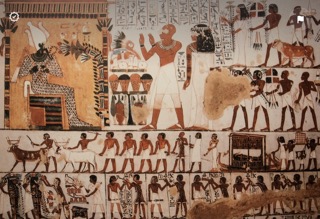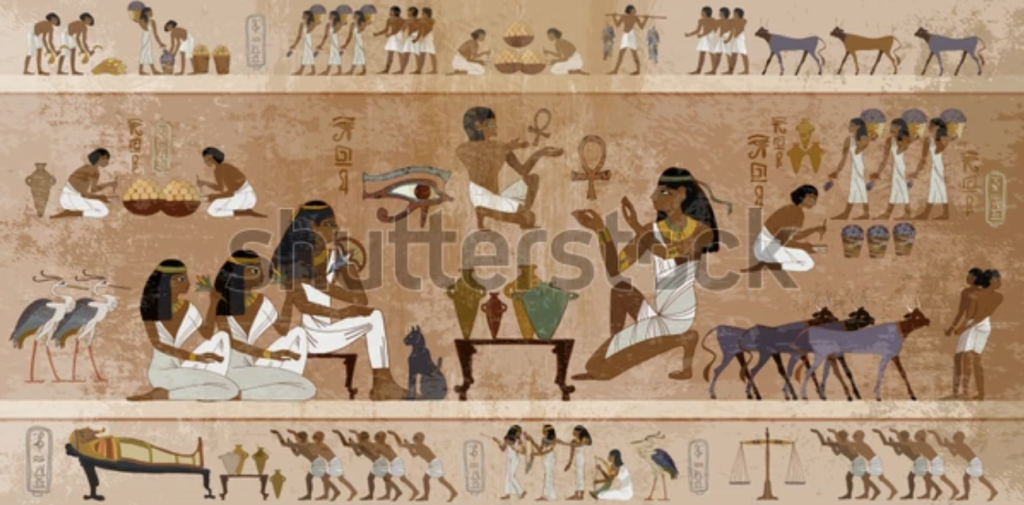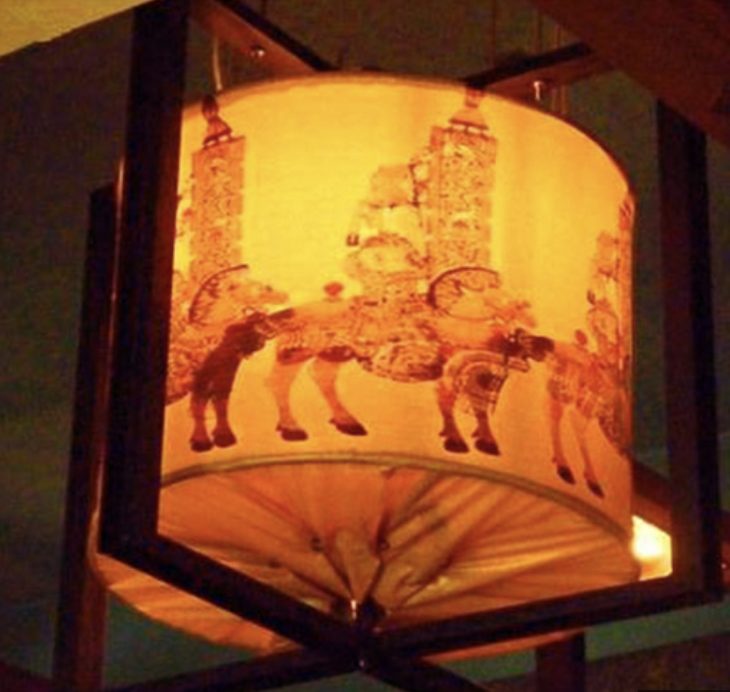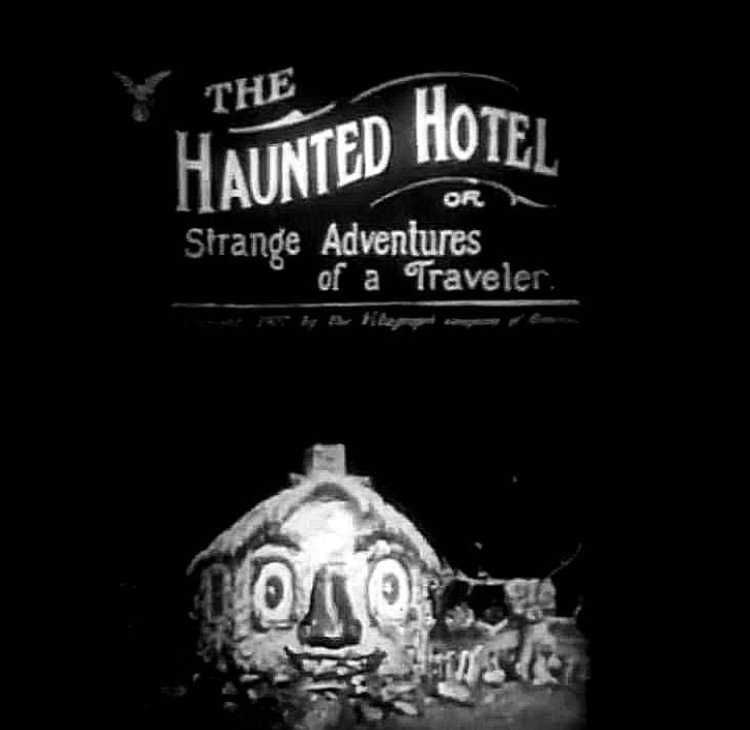Stop-motion animation has been around for tens of thousands of years, counting from the time humans have been trying to animate images. People drew animals in caves and even drew many feet on them to show running. Sixteen hundred years ago B.C., an Egyptian pharaoh built a temple. This temple contained a series of animated effects drawn along stone pillars; the ancient Greeks used progressive graphics to decorate potted plants, and rapidly rotating jars could display motion pictures. There are also familiar stop-motion animations of magic discs, walking lanterns, and hand-turned books showing out Chinese martial arts. In the above example, the effect of moving is seen in motion by painting the object frame by frame.




In 1907, an unknown technician in the United States invented the “frame-by-frame” method of filming scenes with a camera frame by frame. This method was very popular at the time, and this was the earliest origin of stop-motion animation. This was followed by “The Haunted Hotel” and “The Wonderful Tap Pen”, and later, Europeans used the so-called “American Movie Method” for many stop-motion animations. Until the beginning of the twentieth century, stop-motion animation was eclipsed by the rapid development of traditional animation, and commercial hand-drawn animation, represented by the United States, took the lead. In the 20s and 30s, when the development of experimental stop-motion animation stagnated, artists created a new direction of stop-motion animation with unique expressions.

I believe that stop-motion animation is an art that needs to be continued, so after coming into contact with stop-motion animation this semester, I became more determined about the direction I want to choose as well as the style of my graduation design.